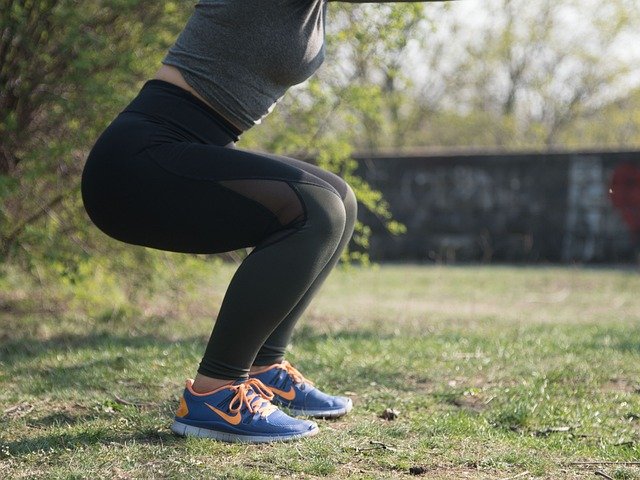Breathing Life Into Self-Care: The Art and Science of Pranayama
Breathing is a basic human function, so essential to life that we rarely give it a second thought. But what if you could transform this ordinary act into an extraordinary tool for health and well-being? Delve into the world of Pranayama, an ancient practice that harnesses the power of breath for holistic wellness.

Pranayama, which translates to “life force control,” has been a part of yoga tradition for thousands of years. It encompasses a range of breathing techniques, each with its unique rhythm, pattern, and purpose. Scientific research in recent years has begun to unravel the potential benefits of these techniques, from stress reduction to improved respiratory health.
The Roots of Pranayama
The origins of Pranayama can be traced back to ancient India, where it was a central part of yoga and meditation practices. The early yogis believed that by controlling the breath, one could control the mind and body, paving the way for spiritual enlightenment.
Modern science has since offered a physiological explanation for some of these effects. Breathing patterns can influence the nervous system, triggering changes in heart rate, blood pressure, and stress hormone levels. This has opened up new avenues for using Pranayama in health and wellness.
Exploring The Science Behind Pranayama
One area where Pranayama has shown promise is in stress and anxiety management. A 2018 study published in the International Journal of Yoga found that Pranayama reduced perceived stress levels in healthy adults. Another study in the Journal of Clinical Psychology showed that it could decrease anxiety in people with chronic illness.
Pranayama’s benefits extend to physical health as well. Research in the Journal of Cardiopulmonary Rehabilitation and Prevention found that it could improve lung function and exercise capacity in people with chronic obstructive pulmonary disease. Another study in the American Journal of Physiology suggested that Pranayama could lower blood pressure in people with hypertension.
The Practice of Pranayama: Benefits and Challenges
Practicing Pranayama involves learning and mastering a variety of techniques. Each technique has its unique rhythm, pattern, and focus area. For instance, ‘Nadi Shodhana’ or alternating nostril breathing, aims to balance the body’s energy channels, while ‘Kapalabhati’ or skull shining breath, is said to cleanse the body and mind.
Despite its potential benefits, Pranayama should be approached with caution. Some techniques can be intense and may not be suitable for everyone. It is recommended to learn Pranayama under the supervision of a trained teacher.
Breath of Knowledge: Key Insights
-
Pranayama is an ancient breathing technique with roots in yoga tradition.
-
Scientific studies suggest Pranayama can help manage stress, improve lung function, and lower blood pressure.
-
Learning Pranayama involves mastering different techniques, each with its unique rhythm and pattern.
-
Pranayama should be practiced under the supervision of a trained teacher.
In conclusion, Pranayama offers a unique approach to health and wellness, blending ancient wisdom with modern science. As with any wellness practice, it’s vital to approach it with an open mind, patience, and the guidance of a qualified teacher. Through conscious breathing, Pranayama invites us to transform an ordinary act into an extraordinary tool for holistic well-being.




